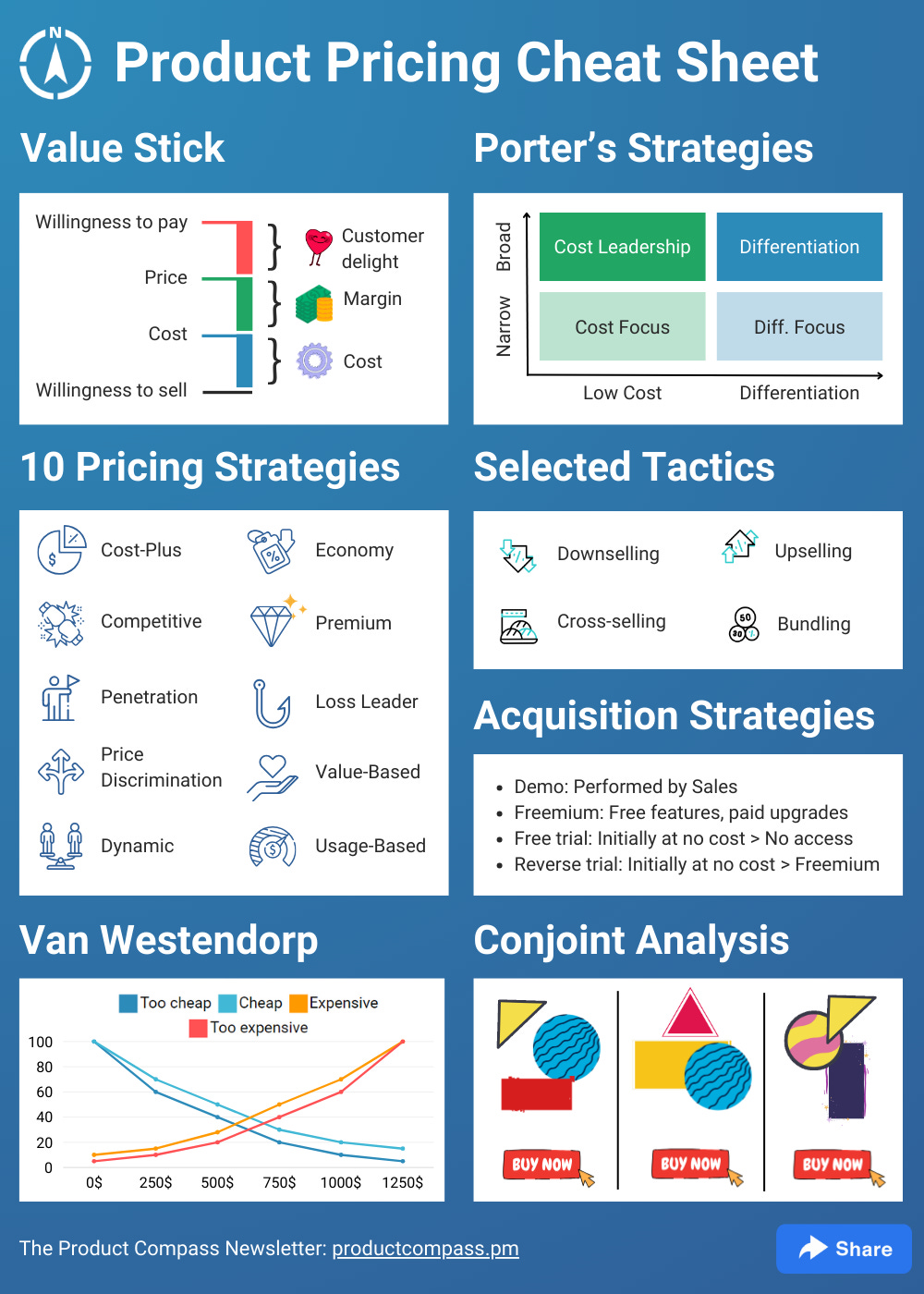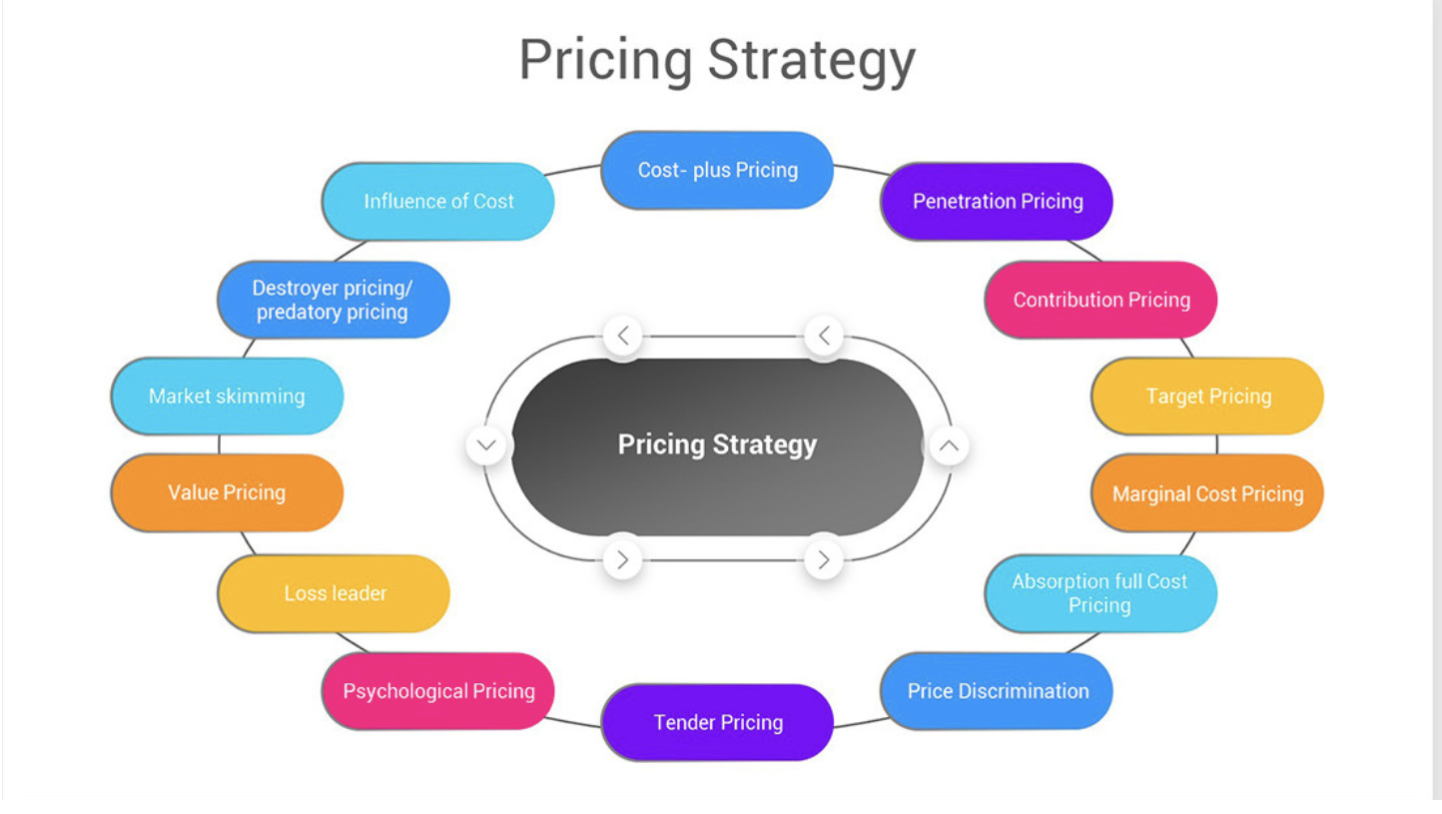Optimize Earnings With Proven Pricing Method Techniques
Techniques such as value-based rates, vibrant pricing, and extensive market evaluation can significantly boost a firm's economic efficiency. Comprehending client perception and leveraging information analytics for active pricing changes are vital components of this technique.
Recognizing Consumer Assumption
Understanding customer assumption is critical for developing efficient prices strategies. It influences just how consumers examine a product's value, quality, and general beauty. Organizations need to recognize that clients frequently base their determination to pay not only on the product's innate qualities however likewise on emotional elements, consisting of brand name track record, social status, and perceived shortage.

In addition, business need to take into consideration the duty of rates psychology, such as beauty prices or price anchoring, which can significantly influence consumer behavior. Recognizing these understandings enables companies to frame their prices strategies in a way that straightens with consumer assumptions while making the most of success.
Including client perception right into pricing strategies not just help in establishing competitive rates but also fosters brand loyalty, as consumers feel comprehended and valued. Ultimately, a nuanced understanding of client perception can bring about sustainable revenue growth and improved market positioning.
Studying Market Trends
To establish an efficient prices strategy, assessing market fads is important for services aiming to stay competitive. Understanding the characteristics of market changes enables business to make educated decisions regarding prices adjustments, product launches, and resource appropriation - Pricing Strategy. By checking customer habits, financial signs, and sector developments, services can identify patterns that inform their pricing structures
Trick parts to consider when analyzing market trends include demand elasticity, seasonal variations, and arising modern technologies. Need flexibility helps services gauge exactly how rate modifications may influence customer buying decisions. Seasonal fads can provide understandings right into optimum rates during optimal and off-peak periods, permitting for calculated discounting or marketing pricing. Furthermore, keeping an eye on technological innovations can aid recognize possible risks or opportunities that could impact rates methods.
Making use of data analytics tools can improve the precision of trend analysis, giving useful insights that facilitate nimble decision-making. Companies should also take into consideration conducting routine marketing research to verify assumptions and adapt to progressing customer preferences. By leveraging these insights, organizations can not just maximize their rates approaches however also strengthen their total market placement, ensuring long-lasting profitability and development.
Affordable Pricing Methods
A competitive rates approach is essential for services aiming to get a side in a congested industry. By examining competitors' prices frameworks and market positioning, firms can strategically set their costs to attract consumers while keeping profitability. This technique calls for an extensive understanding of both the competitive landscape and customer perceptions of worth.
One effective technique is cost matching, where a service provides to match or defeat a competitor's cost. This tactic can boost client commitment and motivate sales, especially in price-sensitive markets. Furthermore, penetration prices can be here used to record market share by originally establishing costs lower than rivals, enticing customers to try the item and fostering brand name understanding.
In addition, services can implement emotional prices approaches, such as rates items simply below a rounded number (e.g., $9.99 rather than $10 - Pricing Strategy.00) This can produce the understanding of a much better bargain, influencing consumer behavior
Inevitably, a successful affordable pricing technique stabilizes the need to stay attractive to customers while guaranteeing that the rates version lines up with the business's overall purposes. On a regular basis adjusting and assessing rates in feedback to market shifts and competitor activities is vital for sustained success.
Value-Based Rates Methods
Value-based pricing techniques concentrate on setting prices mostly based on the regarded worth of a product or solution to the consumer, rather than solely on production prices or competitor rates. This technique needs a deep understanding of customer needs, preferences, and the one-of-a-kind advantages that the service or product deals. By recognizing the particular worth chauffeurs that resonate with clients, companies can produce pricing approaches that mirror real well worth of their offerings.
To implement value-based rates successfully, companies have to take part in thorough market research study, consisting of client surveys and focus teams, to collect insights into customer perceptions. Additionally, organizations should segment their customer base to tailor rates techniques that straighten with different worth assumptions throughout segments.
Communication plays a vital duty in value-based rates; companies should verbalize the unique worth proposal clearly to validate the cost point. Continuous assessment and modification are necessary, as client perceptions of worth might move over time due to market dynamics or competitive activities. By focusing on worth in prices approaches, companies can enhance customer satisfaction, improve commitment, and eventually enhance revenue.
Dynamic Pricing Models

Dynamic pricing leverages sophisticated formulas and data analytics to keep an eye on rival rates, customer behavior, and inventory degrees. By dynamically readjusting prices, services can enhance profits, make the most of profit margins, and react quickly to changes in the marketplace. For circumstances, airlines usually utilize this design the original source to adjust ticket rates based upon elements like continuing to be seats, time up until separation, find here and rival rates.
Nevertheless, the application of dynamic pricing must be come close to with caution. Transparent communication with customers is necessary to preserve trust fund and avoid assumptions of unreasonable rates methods. Additionally, organizations need to guarantee that their rates algorithms are not overly complicated or opaque, as this can lead to client frustration.
Ultimately, when carried out thoughtfully, vibrant prices versions can supply services with a substantial competitive advantage, permitting them to maximize market possibilities while providing to consumer expectations in a rapidly transforming financial landscape.
Verdict

Strategies such as value-based prices, dynamic pricing, and extensive market evaluation can significantly enhance a business's economic performance. Seasonal fads can give insights right into optimum pricing throughout top and off-peak durations, enabling for critical discounting or advertising rates.Dynamic pricing leverages advanced algorithms and information analytics to monitor rival pricing, consumer habits, and supply levels. By recognizing consumer perception, examining market fads, and using affordable rates approaches, businesses can properly align their rates with customer expectations. Additionally, value-based rates and vibrant pricing designs enable companies to respond agilely to market fluctuations.